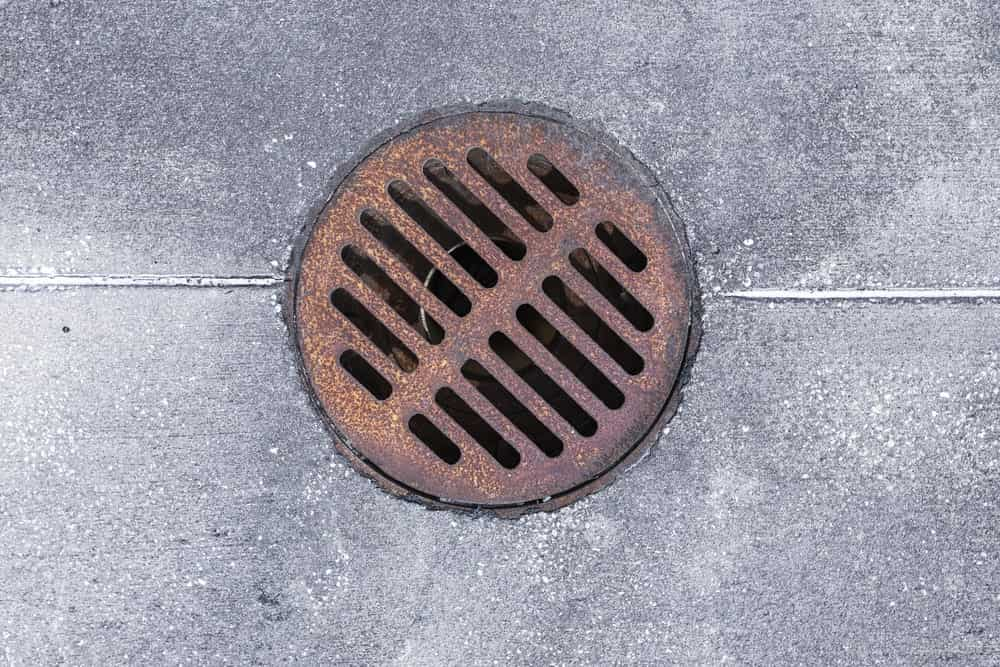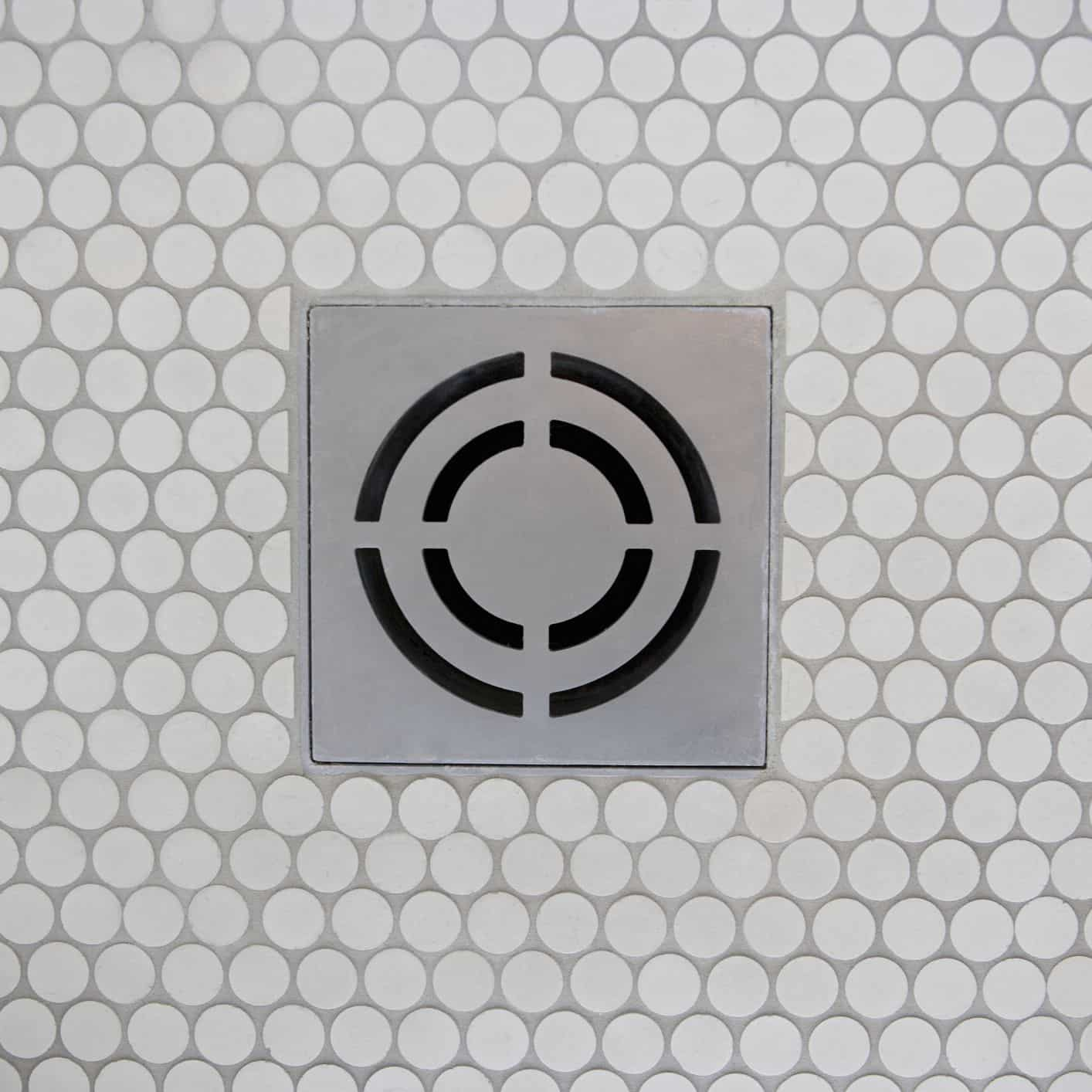When it comes to tile in floor waste, you generally have a lot to choose from. Each has its own uses and functions. You do not have to go far to find the right one for your needs. You just have to read on and see which floor waste suits your floor as well as your whole room.

What are the Types of Floor Wastes?
First, you have to identify the type of floor waste based on the function that it will serve. You also should look into the right tile in floor waste that will be appropriate for your flooring surface. And lastly, you should check out the designs that are available in the market today.
Based on the Function
Wastewater floor waste
This type of drain is created for the wastewater or floor water in your home. The dirty water is removed from your flooring and outside the house. Because wastewater also carries a bad smell, the floor waste drain must be equipped with traps so that the odor does not return to the inside of the home.
Instead, vents are installed so that the smell is released to the roof or any other part of the outside of the house.
Groundwater floor waste
If you just want to remove water from inside the house and bring it to the soil outside, you can use groundwater floor waste. This drain does not need traps like the wastewater floor waste. The downside with groundwater floor waste is the possible saturation of soil which can cause water build-up. Roots may also build up in the line which can also clog the drainage.
Based on the Installation
Surface Drainage System
The surface drainage system is used to remove water from the land. This can be in the form of sloping land, open drains, or waterways.
Subsurface System
This form of drainage system is installed just below the top layer of the soil. This functions the same as the surface drainage system but the difference lies in the location in which it can remove the excess water.
Gutters
You may have noticed these simple drains that bring the excess water from storms from the surface to a drain pipe. The pipe then leads to an underground sewer line.
Based on Design
Box-shaped floor waste
You have seen box drains in your bathrooms. They are square-shaped floor wastes that remove the excess water from your flooring. These floor wastes have holes to prevent large debris from going to the pipes.
Foundation floor waste
As the name implies, this floor waste is installed on the foundation of the home. It removes water from the area beneath the house and channels it to a pipe to be drained.
Baseboard floor waste
Baseboard floor wastes are installed on the base part of the walls to remove excess water from a room where flooding may have been experienced. The baseboard has a pipe that is connected to the outside of the home.
This floor waste is only used as a last option and is mainly utilized to alleviate flooding. Other than that, this is not advisable because water must first cover the entire floor before it starts to function.

Conclusion
Floor waste is a small accessory on the floor which you definitely need to keep your bathroom or kitchen clean and waste-free. The floor drain can efficiently direct liquids, especially water on the proper drainage so that the room is kept dry. You can also prevent any slips and other types of accidents from occurring because of your installed floor waste. Make sure to use the right tile in floor waste along with the plumbing requirements for the drain.








